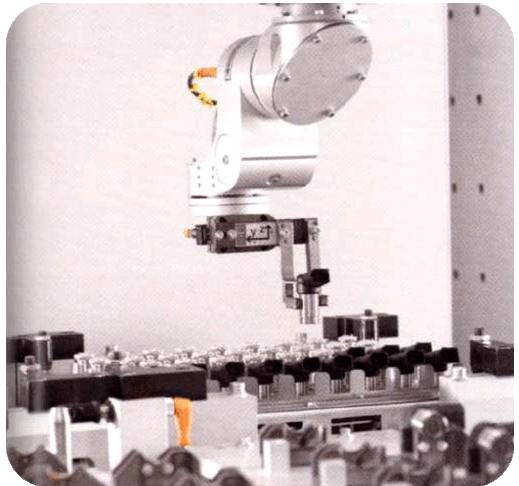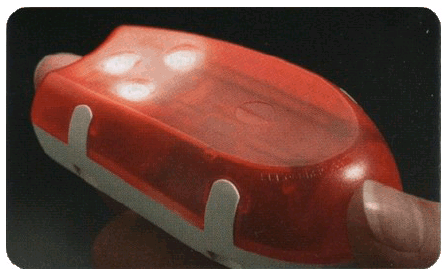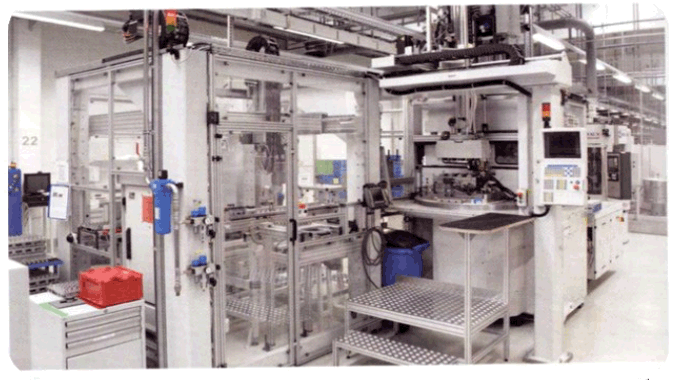By Geoffrey Leonard, Bowler Plastics
The future is here. Robotics, testing, automation, packaging and labelling are now all part of the injection moulding process. Engineers are developing limbs, superabsorbent plastics and steel replacing plastics that challenges conventional thinking. From manual clamping to hydraulics to robotics this has been the evolution of injection moulding. And now let’s discuss the future.

“Injection moulding has changed from developing injection moulds to integrated services. Completely tested, assembled and manufactured products are the future.” Cornelius Bezuidenhout (Toolroom and Drawing Office Manager Bowler Plastics (Pty) Ltd). “The system is intended to show what processes we are already able to combine in one injection moulding operation, in a way that makes sense in both machine and mould, in terms of production, insertion, function integration and assembly processes.”(Dr. Dietmar Drummer 2008:15)
Arburg exhibited the integrated services concept at K 2007 with their LED light strips demo part. The lenses, made out of transparent polyamide, light strips out of ABS and printed conductors produced from conductive PA are all moulded in the machine. This enables the manufacturer to produce products fast, precise and complete. These integrated services often also involve, to a great extent, robotics.

Multilift V robotics systems are implemented in an overhead design in an Arburg plastics folding crate. This product is finished in a two step process. Firstly all the parts are removed from the five cavity mould simultaneously and then assembled into units. Smiths Plastics in Durban South-Africa use robots in various areas. The M16 series units are used to lift 6kg loads at high speed and has a ±0.08MM programmed movement repeatability.
Its bigger brother the R2000 manages loads of up to 165kg with 5-axis motion which offers flexibility and various control options. Most commonly used is 3-axis robotics in the injection moulding sector of SA. These robots have reduced cycle times by 10%, removing parts efficiently after moulding, and placing them on conveyers for packaging and labelling.
Speed and precision are the key aspects with inmould labelling in order to produce a cost-effective product. For example the ALLROUNDER 570 A (2,000kN and with 800 injection units) demonstrate in-mould labelling with a 4 seconds cycle time. Six labels are picked up together and inserted into the fixed side of the mould. Simultaneously the part is removed from the moving half by a precision adjustable transfer hand and exactly positioned. With these systems Arburg flexed their engineering muscle and demonstrated the future at K 2007.

Arburg also developed the thermoset steel replacing plastics. “Comprehensive tests have shown that the thermoset pistons have no disadvantages compared to these made from steel or aluminium. A direct comparison even revealed that thermoset had benefits: The SITEC’s assembly system solution with robotics. thermoset piston achieved a higher degree of efficiency, the material is also lighter’ reducing the overall weight of the assembly.”(Arnold Klausmann 2008:18). In this project, the high-quality mould production of KE in Black Forest town of Mönchweiller is employed to produce a completely dimensionally stable part that features a highly polished surface. However Engineers had to develop a production cell around the ALLROUNDER 420 C 1000-250 that renders the part 100% complete when it ejects from the cell. Amongst others the cell includes programmed robotic arms, conveyers, automated trimmers and precision injection moulding technology to facilitated part creation.
“Blatchford’s prosthetics include an advanced mix of microprocessors, hydraulics, stabilising units and wireless programming to help them reproduce the performance of the lost limb.”(2007:58) Design Engineers at Medical technologies company Chas A Blatchford in Basingstake has developed a seal that allows for freedom of movement in prosthetic limbs whilst still providing a perfect high pressure hydraulic seal. Providing more than a plastic part, they’ve supplied amputees’ mobility with their low-friction, leak-free hydraulic seals. Chris Billinge concludes that”…our products…change people’s lives and we hope that our success here will lead to similar projects in the future.”
Superabsorbents are integrated into packaging products for poultry meat, fish, fruits and vegetable. A filler that, when added to plastics, absorbs leaking liquids such as traces of blood or juices. Subsequently the products stay aesthetically pleasing, delectable and fresh. Significant advances have been made with Luquasorb® FP 800 (superabsorbent) by BASF which sold worldwide. The Luquasorb® FP 800 filler has given us fresher and healthier products subsequently improving our quality of life.
There is no doubt that advancements in prosthetic limb technology have improved the quality of life of amputees. By reclaiming a moderately normal existence they bear testament to design innovation. Robotic Design brings efficiency but simultaneously eradicates long term injury in sued by heavy lifting. Integrating systems by encapsulation, production cells all streamlined and removed safety risks and danger from the working environment. This contribution by Mechanical Engineers is revolutionizing our everyday subsistence. Without making cognitive acknowledgement whilst shopping or driving your car, it is an undisputable fact that engineers impacts our lives.
About the Author
Geoffrey Leonard
|
Geoffrey Leonard is a young Design Engineer working in the plastics packaging industry. He is currently studying Mechanical Engineering at the Cape Peninsula University of Technology (CPUT). Experienced in Mould Manufacturing and Product Design, he explores a fresh design approach that challenges conventional thinking.Since 2002, Geoffrey has been active in mould manufacture, design, repair and maintenance. Including injection, blow-and pet moulds. He is currently developing an automated design package, customized for sales and marketing to facilitate customer design input. Other research projects include “Cost reduction through automation”. |
The views, opinions and technical analyses presented here are those of the author or advertiser, and are not necessarily those of ULProspector.com or UL Solutions. The appearance of this content in the UL Prospector Knowledge Center does not constitute an endorsement by UL Solutions or its affiliates.
All content is subject to copyright and may not be reproduced without prior authorization from UL Solutions or the content author.
The content has been made available for informational and educational purposes only. While the editors of this site may verify the accuracy of its content from time to time, we assume no responsibility for errors made by the author, editorial staff or any other contributor.
UL Solutions does not make any representations or warranties with respect to the accuracy, applicability, fitness or completeness of the content. UL Solutions does not warrant the performance, effectiveness or applicability of sites listed or linked to in any content.


